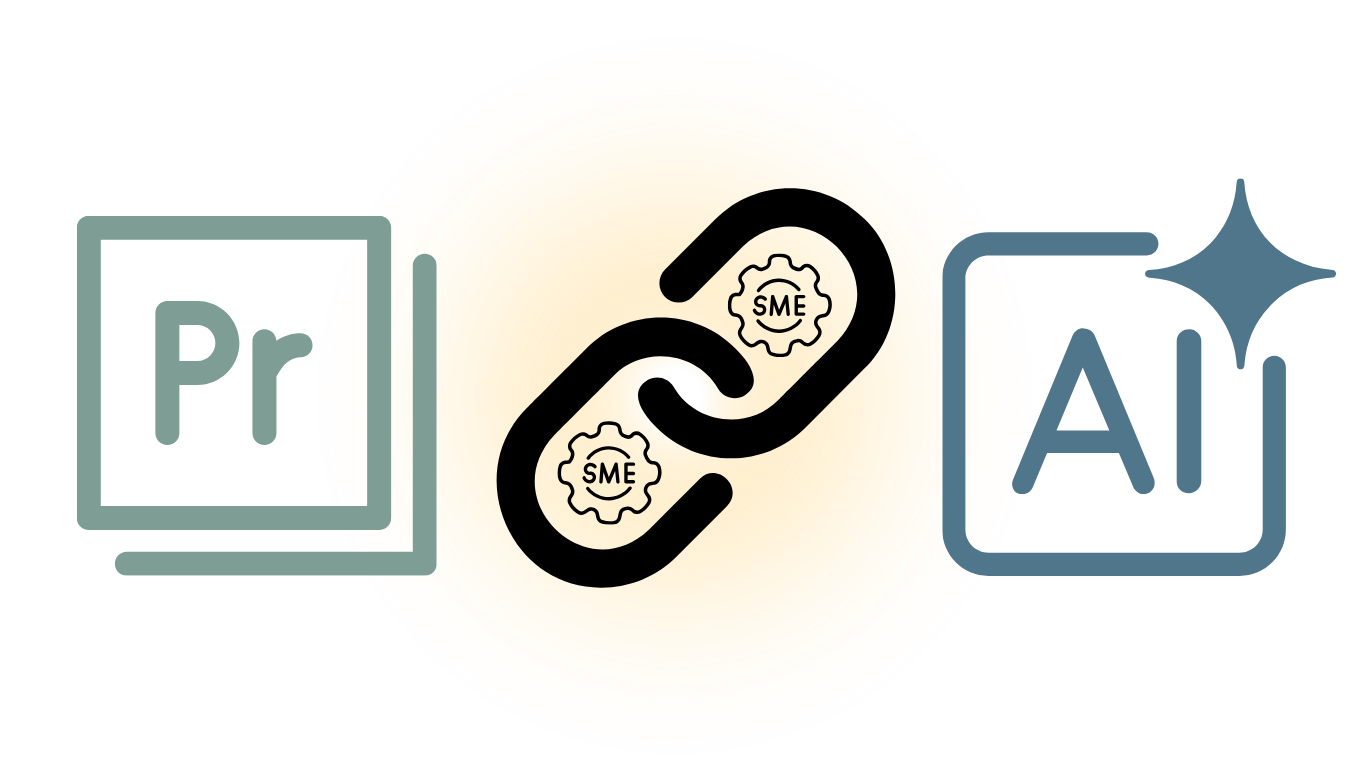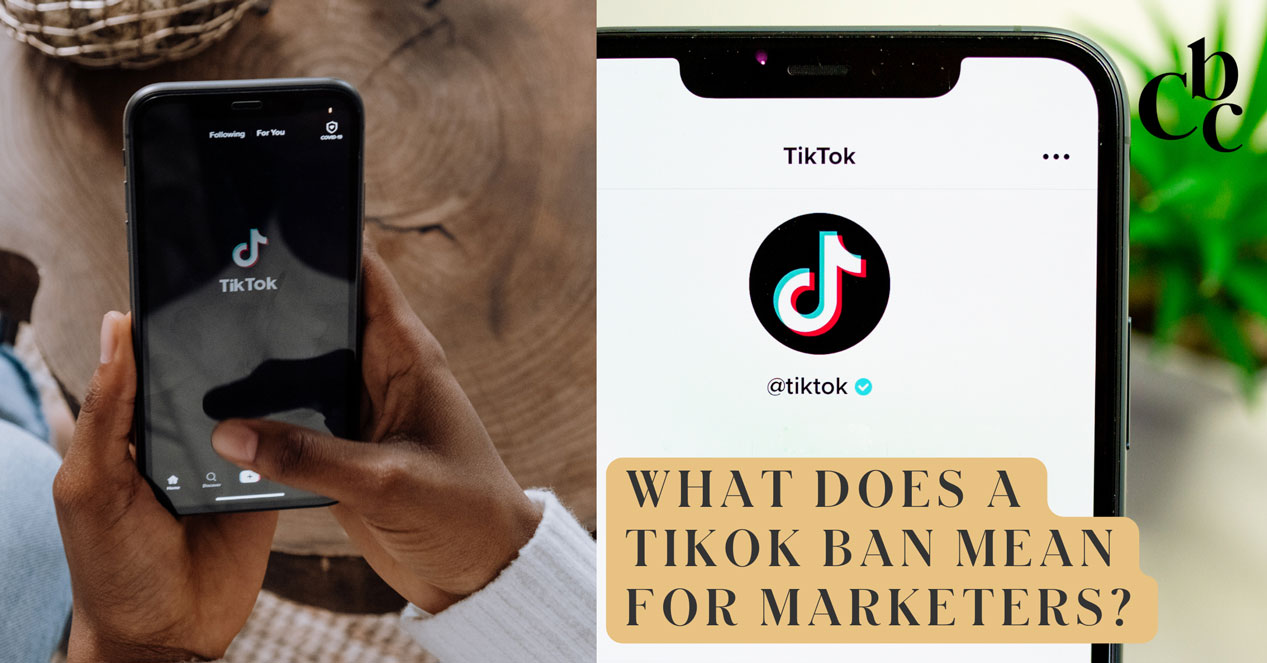If the past few years have taught healthcare marketers anything, it’s that digital health is taking center stage. From Amazon entering the industry, to physician social media influencers, this shift has caused marketers to adapt and evolve in order to continue to see results and reach their target audience in new ways. In this day and age, if you’re not ahead of the trends, you’re behind, and risk losing crucial connections with your audience. Below, we’ve shared 10 healthcare marketing trends to help you stay one step ahead of the future of healthcare.
1. ADA Compliance & Usability
During this digital age, accessibility is even more important and at times can be overlooked. As healthcare marketers, our job is to ensure our campaigns and websites are accessible for everyone. This may mean accommodating patients with disabilities by including closed captioning or other tweaks. Additionally, we need to accommodate consumers of all ages, such as senior citizens who may not have as much digital experience or knowledge. Therefore, it is vital to make sure websites are easy to use and have clear navigation, with the text being easy to read against the background color and the menu bar clearly showing the options available.
- Visual: Content should be presented in an easily perceivable manner for everyone. Examples of this include offering alternatives to text, such as audio or assistive technology that allow visually impaired individuals to perceive your website’s content.
- Auditory: Individuals with hearing disabilities can have trouble navigating websites with videos or other auditory messages. Text transcripts help hearing-impaired users understand content that would otherwise be inaccessible to them. Additionally, image alt tags can be helpful as well. Alt tags allow users with disabilities to read alternative descriptions of content they might not otherwise be able to view. Alt tags describe the object itself and, generally, the purpose it serves on the site.
- Mobility: You should ensure your website navigation is easy to operate, such as offering keyboard accessibilities so users with disabilities can easily navigate your website and access content in a way that best works for them.
- Cognitive: Content should be easy to understand for all users. This can be achieved by making content readable and predictable, and offering input assistance if needed. In addition, it is helpful for menus, links and buttons to be organized in a way where they are clearly delineated from one another, and can be easily navigated throughout the entire site.
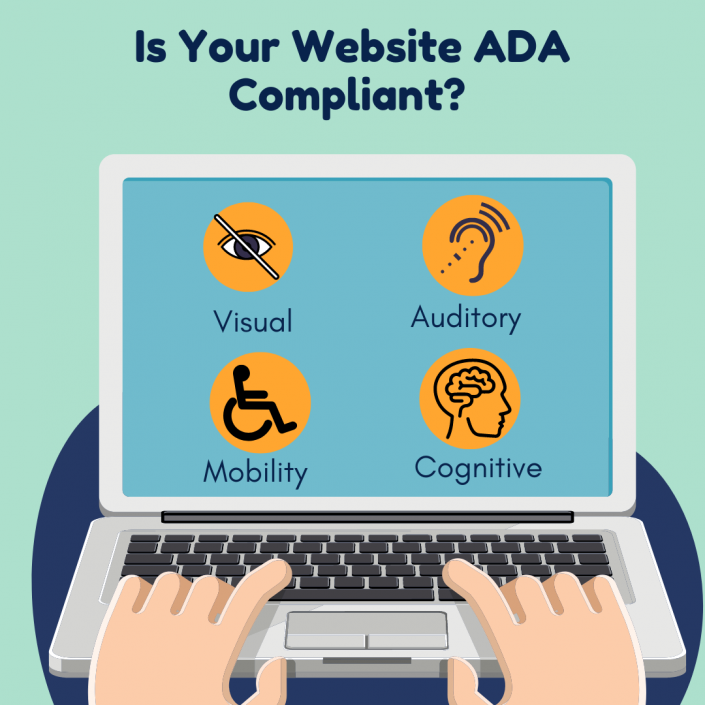
2. Personalizing Marketing While Still Respecting Privacy
Personalized marketing campaigns can be difficult to deliver in the healthcare industry due to privacy concerns. However, you don’t need personal health information to adapt to what specific consumers want. For example, you can analyze the organic search traffic on your website pages and see which keywords are getting the most traffic. Since phone software such as Android and iOS only share certain information with advertisers and organizations, the insights gleaned from website search traffic become even more valuable when targeting consumers.
You can use this first party data to personalize your marketing efforts by determining what kind of information consumers would need based on the keyword searches and further adapt the website or page to be more personalized for that particular search journey.
3. Integrated Marketing Campaigns (marketing is a team sport)
Gone are the days of TV advertising. As media has evolved and consumer behavior changed, the need for integrated marketing campaigns has increased. Marketing is now a team sport, consisting of a combination of digital strategies such as paid social, paid search, and programmatic advertising, all with a consistent messaging across each channel. All of these pieces fit into the marketing puzzle, allowing for greater audience reach and patient engagement.
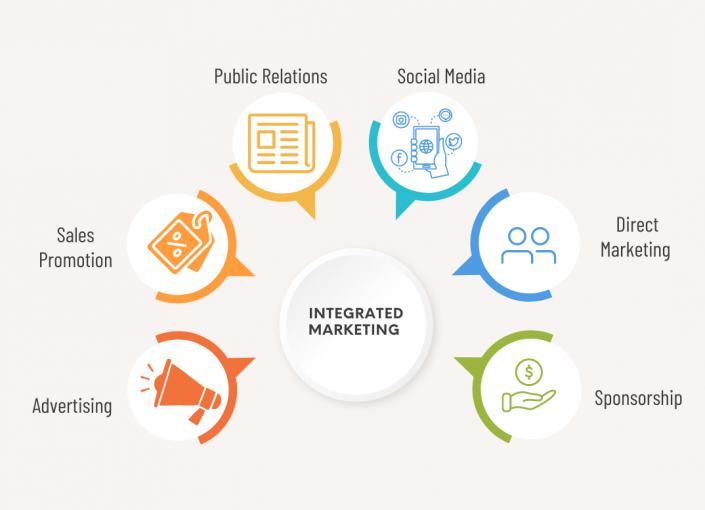
4. B2C Healthcare Social Media Marketing
The healthcare industry has seen a dramatic increase in social media usage, with physicians becoming healthcare social media influencers. In order to appeal to the many patients who use social media services, it is important to implement new strategies such as:
- Video storytelling: 81% of people have been convinced to buy a product or service by watching a brand’s video, highlighting the importance of how healthcare can use video to tell a more engaging story. Additionally, using live streaming to host Q&A sessions with physicians and other experts can increase credibility.
- Creating podcasts or other ”work-break” series with in-depth interviews with industry leaders on relevant topics further showcases your expertise.
- Using other social media platforms, such as LinkedIn, Instagram, Twitter or TikTok, to cross-promote and share thought leadership content widens your audience reach and online presence.

5. LinkedIn & B2B Healthcare Marketing
Social media has also taken off for B2B healthcare marketing, becoming a crucial tool to connect with pharmaceutical companies, physicians and healthcare organizations. LinkedIn in particular allows you to livestream engaging video content, post relevant and thought provoking blogs, and connect with other industry professionals via messaging and commenting. Additionally, LinkedIn’s paid advertising offers targeting parameters that let you narrow down your audience by factors like company size, job title and exact company name which help get your message to the right audience. For example, Ethicon Inc. is targeting healthcare professionals with posts about their surgical products.
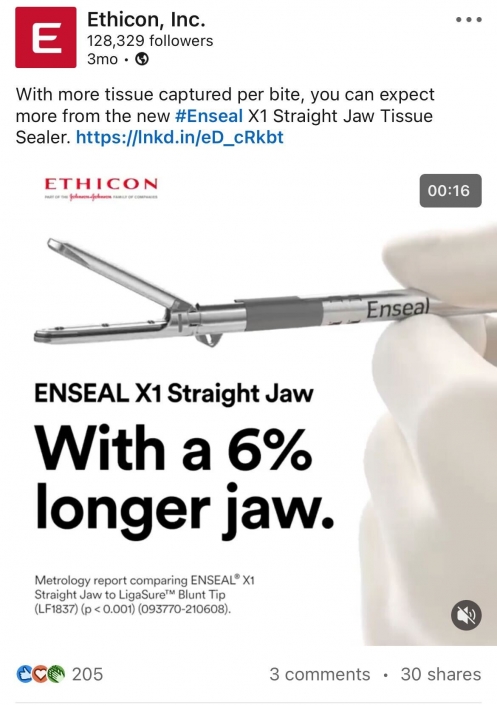
6. Email Marketing
Email marketing can be targeted towards a specific group of patients with relevant information they might find useful, or a group of patients who subscribed to a podcast or other informational content you have created. Additionally, email marketing can be a way to showcase your services and skills to new potential patients by sending out weekly or monthly newsletters.
7. SEO (Question Based Terms)
The pandemic drove many patients to take medical care into their own hands, leading them to the internet for answers. This change caused search engine algorithms to transform and adapt to their needs. Healthcare practices should prepare for the future of healthcare SEO with a comprehensive healthcare marketing strategy, including producing more authoritative, high-value content that lives on web pages with user-friendly, conversational content, and SEO optimized language with more focused keywords.
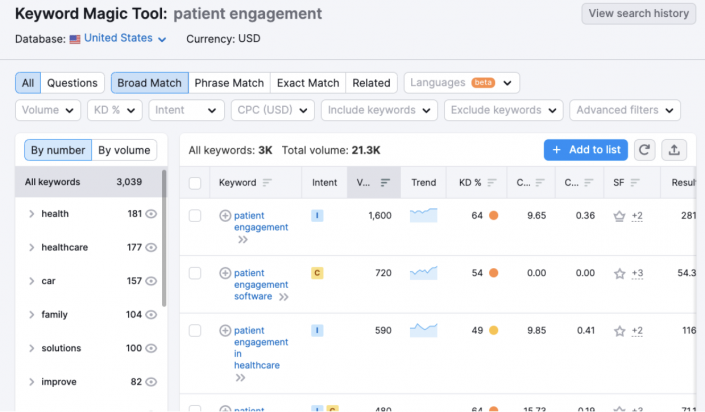
8. Telehealth
The pandemic caused a shift from in-person care to telehealth, and this trend is definitely here to stay. Telehealth allows physicians to meet with patients via video chat and telephone calls for appointments instead of being seen in person.
According to McKinsey, telehealth is used 38 times more than in pre-pandemic days. Telehealth is an excellent option for patients to access expert care from the comforts of their own home, and can be useful to patients who wish to see doctors outside of their geographic region or are unable to travel due to accessibility. Telehealth will become the “go-to” model for the future experience as it offers convenience, access, privacy, and efficiency.
Marketers can use targeted ads, social media and email campaigns to educate patients and consumers about telehealth options and increase awareness of the virtual patient experience. Additionally, using digital communication with patients such as appointment email reminders and AI virtual assistants can help improve the digital patient experience.

9. Consumerization of Healthcare
The pandemic has vastly influenced patient behavior, as more and more healthcare consumers are seeking solutions that fit their needs and are on their own terms. The industry has shifted to a more consumer-centric landscape and hospitals and health systems are now competing with Amazon and retail drugstores that have entered the industry.
Ensuring that your digital communication efforts focus on the patient experience is crucial as healthcare enters the consumer space. Generating consumer-centric content and prioritizing ease of use on websites and smartphones are ways that marketers can optimize the patient/consumer experience.
10. Patient Access to Records
Use of patient portals has increased allowing patients to have direct access to their medical information. Within patient portals, healthcare organizations have the ability to display condition – or treatment-specific content, or recommend certain services or appointments. Once a patient logs into a portal or mobile app, personalization options widen considerably. Those interfaces allow you to share specific content about their conditions or treatments without violating HIPAA.
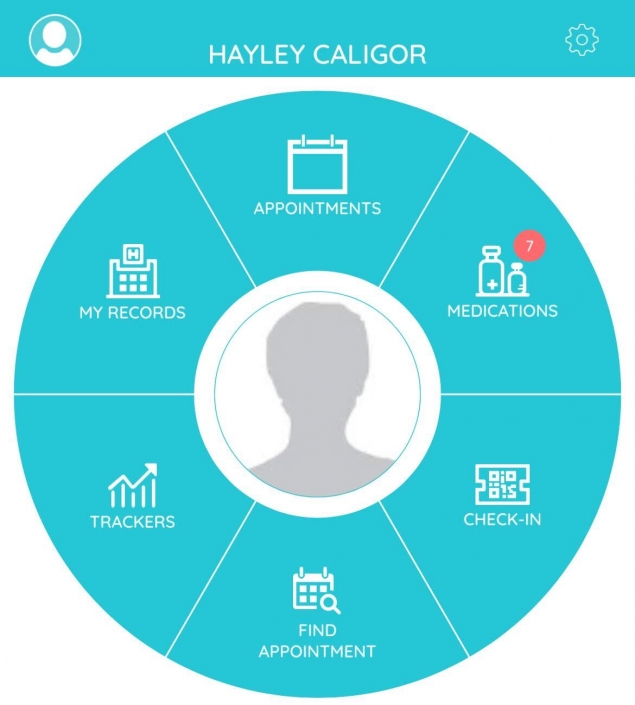
All of these healthcare marketing trends are an important part of the puzzle, allowing you to connect and reach your target audience. The healthcare landscape is constantly evolving – if you need help optimizing your healthcare marketing strategy, we’d love to chat.
About the Author
Hayley Caligor is an Account Executive at CerconeBrownCompany, where she works to help clients in the healthcare, bioscience and agtech industries tell their story through communications campaigns, thought leadership initiatives and media relations.


